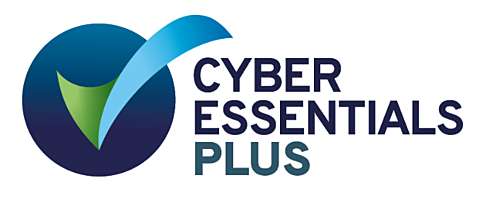Getting from A to B: Investment Governance
13 Dec 2021
Different pension schemes – different destinations
Recently we supported two clients to change their investment advisory arrangements. Both shared a similar goal in wanting to discharge their fiduciary responsibilities as effectively as they could, but both had different ideas about how to achieve this.
These were two separate clients, two separate projects, however Muse was chosen to work with these trustees in both cases for the same reasons. Both clients knew we had strong technical investment insight, good practical experience of a wide range of schemes and governance arrangements and a thorough understanding of the type of advice available from firms in the marketplace.
We were also appointed because it was clear that we had no preconceived views as to the outcome of our work and that we would support the trustees to deliver a solution which was aligned to their requirements; it was fully understood that the decisions to be made were largely about governance.
Be prepared for the journey
During the project initiation phase our role is to make sure that the client is well prepared to reach their planned destination. We worked closely with the client to get to the know the scheme, its strategy and objectives, work done to date and current arrangements. In effect, we worked through a travel checklist to confirm the group was ready to start their investment journey.
Common items which can be ‘left behind’ in investment and funding planning include asset allocation focus, LDI, risk management and a lack of shared clarity of the ultimate journey objectives. These are topics which often elicit strong views and plenty of debate. It is not our role as governance advisers to dictate a fixed position in these areas, many of which are of course the remit of, and best managed by, your investment adviser. It is worthwhile to take time to check that the group has a common understanding and is signed up to work together towards a common goal. This initial work is done collaboratively: we facilitate challenging and constructive debate and settle on some guidelines which can be shared during the service tender.
The route
Success in the first steps for us means that the trustees can select the best investment advisor or fiduciary manager to deliver the requirements of their pension scheme and have a framework against which to measure success. This is best achieved when work has been done to document what exactly the trustee requires and the scheme specific circumstances and constraints. The selection exercise can then be targeted to these specific areas. Articulating your key investment beliefs and advice requirements puts you in a much better position to select a team of advisers who can meet these. It doesn’t mean that these requirements won’t change over time, but this is a journey you will take together from a strong starting point.
As we know, the market for firms providing investment advice is sizable. Trustees need to get into the detail of their requirements to make sure that they partner with the right firm and secure the best advice. We see schemes that run well under both traditional and fiduciary arrangements, or indeed a blend of both with advisers acting with a degree of delegation. What they have in common is that they can track that they are progressing effectively in the agreed direction.
For these two pensions scheme clients, we supported both clients in articulating a vision of how their investment arrangements would work most effectively during the medium to long term. This included what skills, capability, expertise and services they would require to get them where they wanted to go – from A to B. Albeit through very different approaches, one taking fiduciary management and one following the traditional advisory route.
Key learnings
- Traditional investment advisory and fiduciary management appointments are valid solutions with a place in the market. It depends which is right for you.
- Trustees should monitor whether the outcome of the CMA review provides clarity on how to navigate the investment advisory terrain and potential conflicts of interest.
- It remains important that pension schemes get into gear and continue to be active in fulfilling their fiduciary responsibilities.
- We encourage trustees to take time out to plan for their journey, even if there is no plan to review advisor or governance arrangements, make time for a session on investment objectives or investment beliefs during the scheme year ahead.


